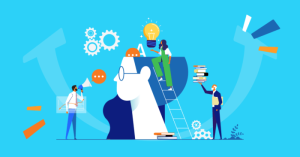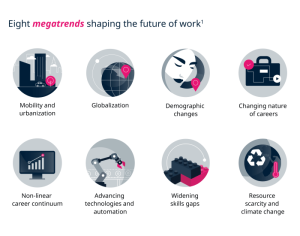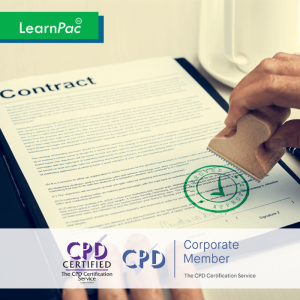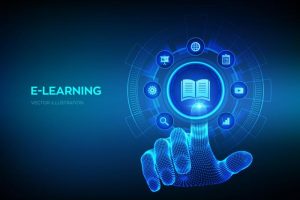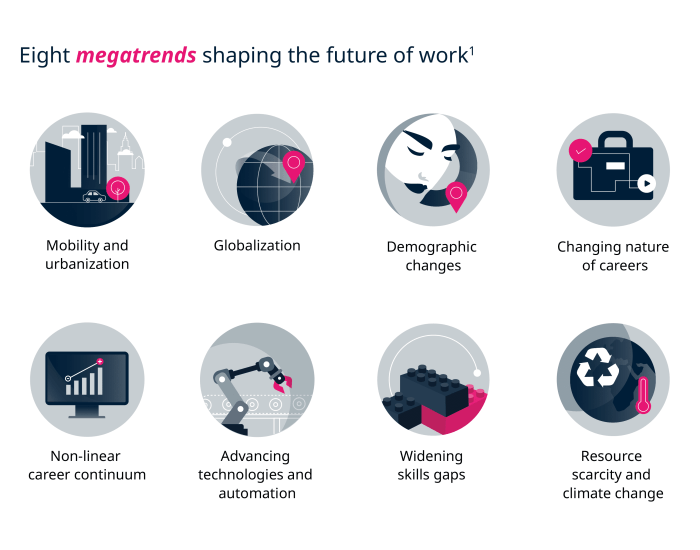
Dive into the world of Employee Training and Development Strategies with a twist! Get ready for a rollercoaster ride of insights and tips that will revolutionize the way you approach employee growth and retention.
Get ready to uncover the secrets behind effective training methods, development strategies, and personalized plans that skyrocket employee performance to new heights.
Employee Training and Development Strategies
Employee training plays a crucial role in the growth and success of an organization. By investing in training programs, companies can enhance the skills, knowledge, and productivity of their employees, leading to improved performance and overall business outcomes.
Effective Training Methods
- For new hires: Onboarding programs that provide comprehensive information about the company, its culture, and job responsibilities. Hands-on training and mentorship can help new employees acclimate quickly.
- For experienced staff: Ongoing professional development opportunities such as workshops, seminars, and online courses to keep skills up-to-date and encourage career advancement.
- For managers: Leadership training programs that focus on communication, decision-making, and team-building skills. Coaching and mentoring can also be effective strategies for developing managerial talent.
Role of Development Strategies
Development strategies such as career advancement opportunities, cross-training, and leadership programs are essential for employee retention and motivation. When employees see a clear path for growth within the organization, they are more likely to stay engaged and committed to their work. By investing in employee development, companies can build a loyal and high-performing workforce.
Personalized Training Plans
Personalized training plans tailored to individual employee goals and learning styles can significantly enhance performance. By understanding each employee’s strengths, weaknesses, and career aspirations, organizations can create targeted development plans that maximize potential and drive success.
Education and Reference – Education and Training

In the context of employee development, it is important to distinguish between education and training. Education typically refers to the formal process of acquiring knowledge and skills through institutions like schools and universities. On the other hand, training focuses on practical, job-specific skills that are directly applicable to a particular role within an organization.Continuous learning opportunities play a crucial role in enhancing employee skills.
By providing ongoing training and development programs, employees can stay updated on the latest industry trends, technologies, and best practices. This not only improves their current job performance but also prepares them for future career advancement within the organization.
Designing a Training Program for a Specific Job Role
When designing a training program for a specific job role within an organization, it is important to consider the following steps:
- Conduct a thorough job analysis to identify the key skills and competencies required for the role.
- Develop clear learning objectives that align with the job requirements and organizational goals.
- Choose appropriate training methods, such as on-the-job training, workshops, or e-learning modules.
- Create engaging training materials that are relevant and tailored to the specific job role.
- Implement the training program and provide ongoing support and feedback to participants.
- Evaluate the effectiveness of the training program through assessments and feedback from participants.
Steps for Creating a Successful Onboarding Training Process
When creating an onboarding training process for new employees, the following steps can help ensure its success:
- Develop a comprehensive onboarding plan that Artikels the training schedule, objectives, and resources available.
- Assign a mentor or buddy to help new employees navigate their roles and integrate into the organization.
- Provide access to necessary tools, resources, and information to facilitate a smooth transition into the new role.
- Offer opportunities for new employees to ask questions, seek clarification, and provide feedback on their onboarding experience.
- Monitor the progress of new employees during the onboarding process and make adjustments as needed to ensure their success.
Closing Notes
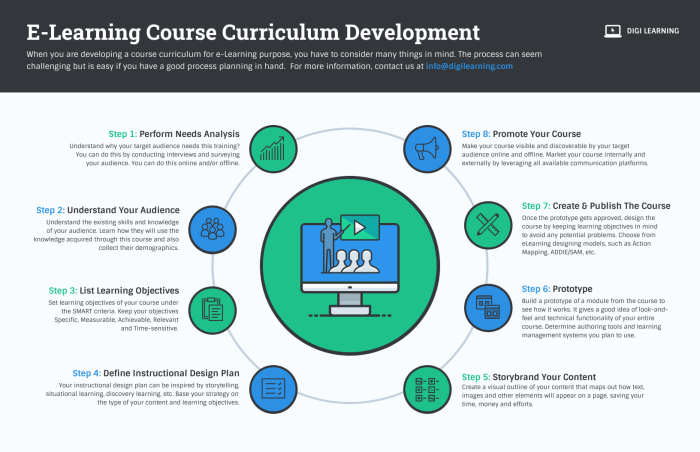
As we wrap up our journey through Employee Training and Development Strategies, remember to apply these innovative approaches in your organization to witness unparalleled success and growth.
FAQ Resource
How can personalized training plans benefit employee performance?
Personalized training plans cater to individual needs and learning styles, resulting in improved engagement, skill development, and performance.
What is the difference between education and training in employee development?
Education focuses on theoretical knowledge, while training emphasizes practical skills relevant to job roles, ensuring employees are equipped to perform tasks effectively.


